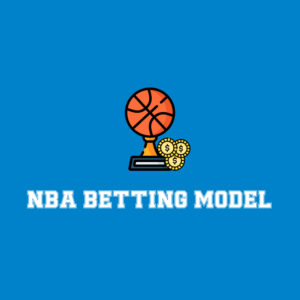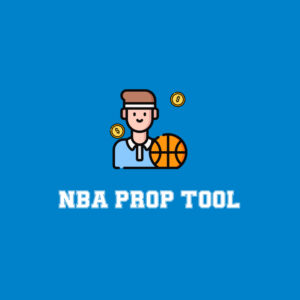
Best ball fantasy football drafts are in full swing, but unlike season-long leagues, the draft isn’t just the most important thing — it’s the only thing. With no creative license once the final pick is in, you need to enter the draft with a strategy and stick to it.
This article will look at the en vogue zero-RB draft strategy, which was popularized over five years ago and has remained an industry favorite ever since.
Looking to compare zero-RB to other draft strategies? Check out FTN’s overview of the modified-zero-RB and RB-heavy strategies.
What is the zero-RB draft strategy?
With the zero-RB draft strategy, you load up on WRs, TEs and maybe even a QB before you draft your first RB.
The entire concept of zero RB revolves around two core pillars:
- RBs are injured more often
- RB is the most replaceable real NFL position
Running back injuries
Since 2015, a total of 291 running backs, 235 tight ends and 454 wide receivers have taken at least one NFL snap.
Let’s compare RBs to WRs for a second. Of all skill position players who have taken a snap in the last five years, 29.6% of them are RBs and 46.3% of them are WRs. However, 30.8% of skill-position player games missed have been missed by RBs, compared to 39.7% for WRs. And when an RB is injured, they are injured for longer (3.8 games missed for injured RBs compared to 3.3 for WRs).
This is just the tiniest sampling of data to show that the injury numbers are slanted against RBs, and the zero-RB draft strategy lets you take advantage of this fact by drafting replacements who are more likely than any other position to get a chance.
And when they do get a chance, they often succeed because RBs are replaceable … which brings us to our next point.
Running back replaceability
“RBs don’t matter” has been the tongue-in-cheek mantra of football analysis for the last several years, and the gist of it is that running backs are replaceable.
We see it time and again, every year. Le’Veon Bell was mostly replaced by James Conner. Damien Williams did just fine in place of Kareem Hunt. Kenyan Drake was better than David Johnson’s best-case scenario. Giovani Bernard crushes whenever Joe Mixon is out. Tony Pollard dropped two 100-yard games when given a bigger role.
The results are clear: RB production is often replaceable. And because RBs are injured more often, and for longer, than WRs, lesser-known RBs are given more snaps on a somewhat regular basis. An ineffective starting RB is more likely to be benched, too, because of RB replaceability.
Talent obviously matters, but from a fantasy perspective, a moderately talented player given equal opportunity to a workhorse is able to produce near-similar results at a fraction of the cost … hence the popularity of the zero-RB strategy.
But finding those RBs that may be given equal opportunity is not an easy task.
Only about half (53%) of the 291 RBs who have seen a snap in the last five years have seen more than 40 snaps in any game (roughly two-thirds of a game). Getting your hands on one of the RBs that can be that workhorse is the trick.
Best draft slots for zero-RB in 2020
There are three main places you can draft this year where you should seriously consider zero-RB:
- At the 1.04-1.07 position, where you can take Michael Thomas after the big three RBs (Christian McCaffrey, Saquon Barkley, Ezekiel Elliott)
- At the 1.09-1.12 position, where you can take an elite WR (Davante Adams, Tyreek Hill, Julio Jones, DeAndre Hopkins) or an elite TE (Travis Kelce or George Kittle)
If you are drafting toward the end of the first round, you can usually acquire two of the players mentioned above. Zero-RB might be your ideal draft strategy in 2020 from the mid-to-late first round.
Top zero-RB targets later in the draft
There are no set rules for when you are supposed to draft your first RB in order to make it a true “zero-RB” draft, but you’d typically go at least three rounds without scooping one up. You could go all the way up to seven or eight rounds before taking your first RB, but five is a good sweet spot.
When a backfield is up in the air, the ADPs are depressed, creating an opportunity gap. Testing your luck in these scenarios can hurt if you swing and miss — especially with an earlier pick — but there’s almost certainly value to be had if you can successfully read the tea leaves. Here are a few interesting in-flux backfields:
- Ravens — Mark Ingram, J.K. Dobbins: Typically coming off the board in the fifth round, Ingram is not without risk, but he does remain the presumptive RB1 on the league’s highest-scoring offense; Dobbins, a rookie, is the community’s favorite to overtake Ingram (though the same was true with Justice Hill last season).
- Buccaneers — Ronald Jones, Ke’Shawn Vaughn: A mid-seventh-round pick, RoJo is in a good spot to break out in year three with Tom Brady leading in Tampa. Vaughn is waiting in the wings behind Jones should the starter continue to sputter
- Patriots — Sony Michel, James White, Damien Harris: New England’s backfield is difficult to project, but all these players have the mess built into their ADP. At least one of them will outperform his draft slot.
- Broncos — Phillip Lindsay, Melvin Gordon: These guys will help you at their current ADPs, but one of them would become a money-printing machine if something were to happen to the other
Receiving backs in timeshares also present a solid opportunity for best ball. They typically have good floors with high scoring potential in weeks their teams are trailing. Tarik Cohen or James White are prime examples.
And, as always, you’ll want to make sure you get some of the top handcuffs in 2020:
- Cardinals — Chase Edmonds, behind the good-but-not-entrenched Kenyan Drake
- Cowboys — Tony Pollard, behind workhorse Ezekiel Elliott
- Browns — Kareem Hunt, behind Nick Chubb; Hunt provides an incredible floor-ceiling combo
This is not a definitive list of zero-RB targets. This article is intended to give you an overview of the strategy, so seeing these names (and the thought process behind them), should help you strategize zero-RB to fit your own personal style.





























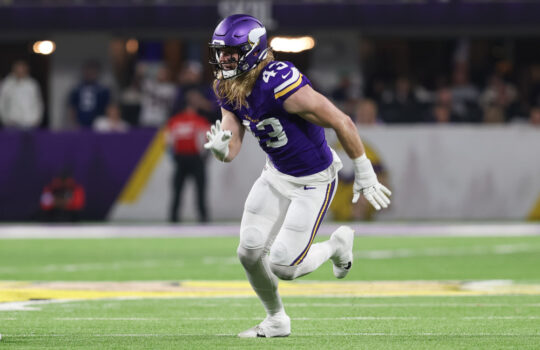



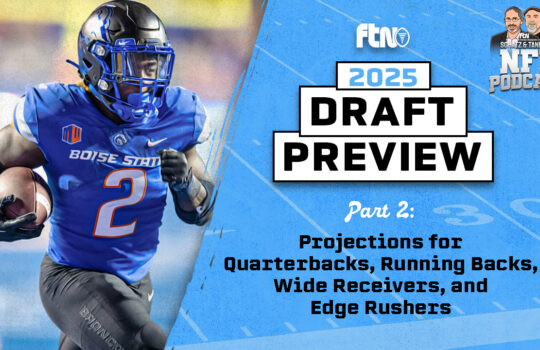

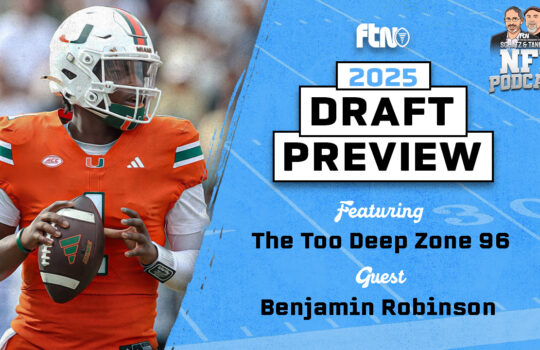





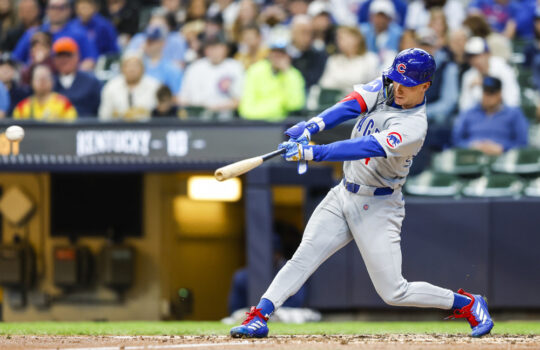

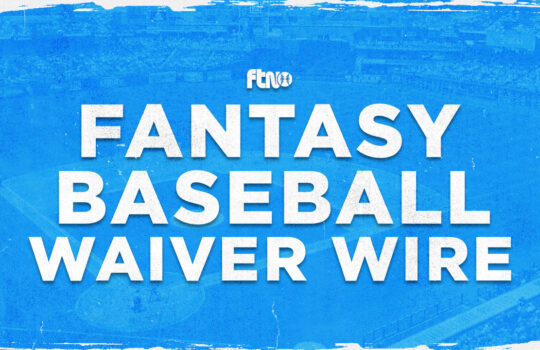

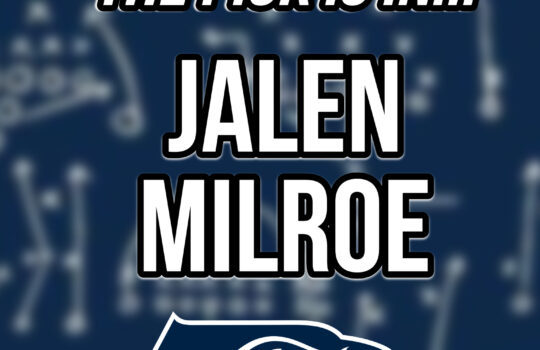

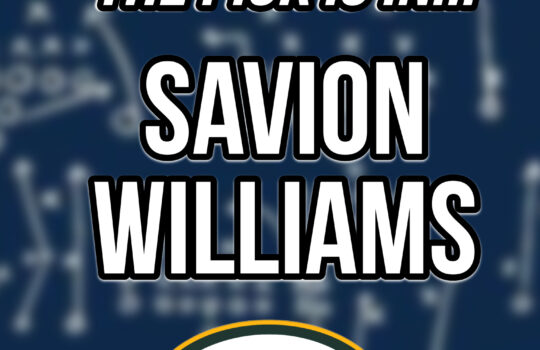


 New York Jets
New York Jets  New England Patriots
New England Patriots  Miami Dolphins
Miami Dolphins  Buffalo Bills
Buffalo Bills  Pittsburgh Steelers
Pittsburgh Steelers  Cleveland Browns
Cleveland Browns  Cincinnati Bengals
Cincinnati Bengals  Baltimore Ravens
Baltimore Ravens  Tennessee Titans
Tennessee Titans  Jacksonville Jaguars
Jacksonville Jaguars  Indianapolis Colts
Indianapolis Colts  Houston Texans
Houston Texans  Las Vegas Raiders
Las Vegas Raiders  Los Angeles Chargers
Los Angeles Chargers  Kansas City Chiefs
Kansas City Chiefs  Denver Broncos
Denver Broncos  Washington Commanders
Washington Commanders  Philadelphia Eagles
Philadelphia Eagles  New York Giants
New York Giants  Dallas Cowboys
Dallas Cowboys  Minnesota Vikings
Minnesota Vikings  Green Bay Packers
Green Bay Packers  Detroit Lions
Detroit Lions  Chicago Bears
Chicago Bears  Tampa Bay Buccaneers
Tampa Bay Buccaneers  New Orleans Saints
New Orleans Saints  Carolina Panthers
Carolina Panthers  Atlanta Falcons
Atlanta Falcons  San Francisco 49ers
San Francisco 49ers  Seattle Seahawks
Seattle Seahawks  Los Angeles Rams
Los Angeles Rams  Arizona Cardinals
Arizona Cardinals 
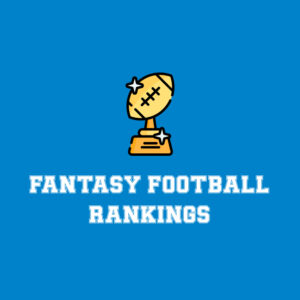
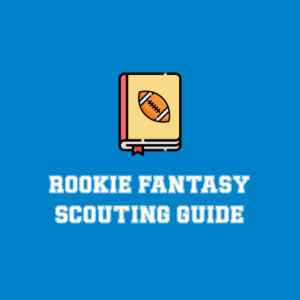
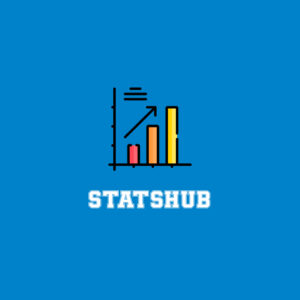





 Boston Celtics
Boston Celtics  Brooklyn Nets
Brooklyn Nets  Philadelphia 76ers
Philadelphia 76ers  New York Knicks
New York Knicks  Toronto Raptors
Toronto Raptors  Chicago Bulls
Chicago Bulls  Detroit Pistons
Detroit Pistons  Milwaukee Bucks
Milwaukee Bucks  Cleveland Cavaliers
Cleveland Cavaliers  Indiana Pacers
Indiana Pacers  Orlando Magic
Orlando Magic  Atlanta Hawks
Atlanta Hawks  Charlotte Hornets
Charlotte Hornets  Miami Heat
Miami Heat  Washington Wizards
Washington Wizards  Denver Nuggets
Denver Nuggets  Minnesota Timberwolves
Minnesota Timberwolves  Oklahoma City Thunder
Oklahoma City Thunder  Portland Trail Blazers
Portland Trail Blazers  Utah Jazz
Utah Jazz  LA Clippers
LA Clippers  Golden State Warriors
Golden State Warriors  Los Angeles Lakers
Los Angeles Lakers  Phoenix Suns
Phoenix Suns  Sacramento Kings
Sacramento Kings  Dallas Mavericks
Dallas Mavericks  Houston Rockets
Houston Rockets  Memphis Grizzlies
Memphis Grizzlies  New Orleans Pelicans
New Orleans Pelicans  San Antonio Spurs
San Antonio Spurs 
